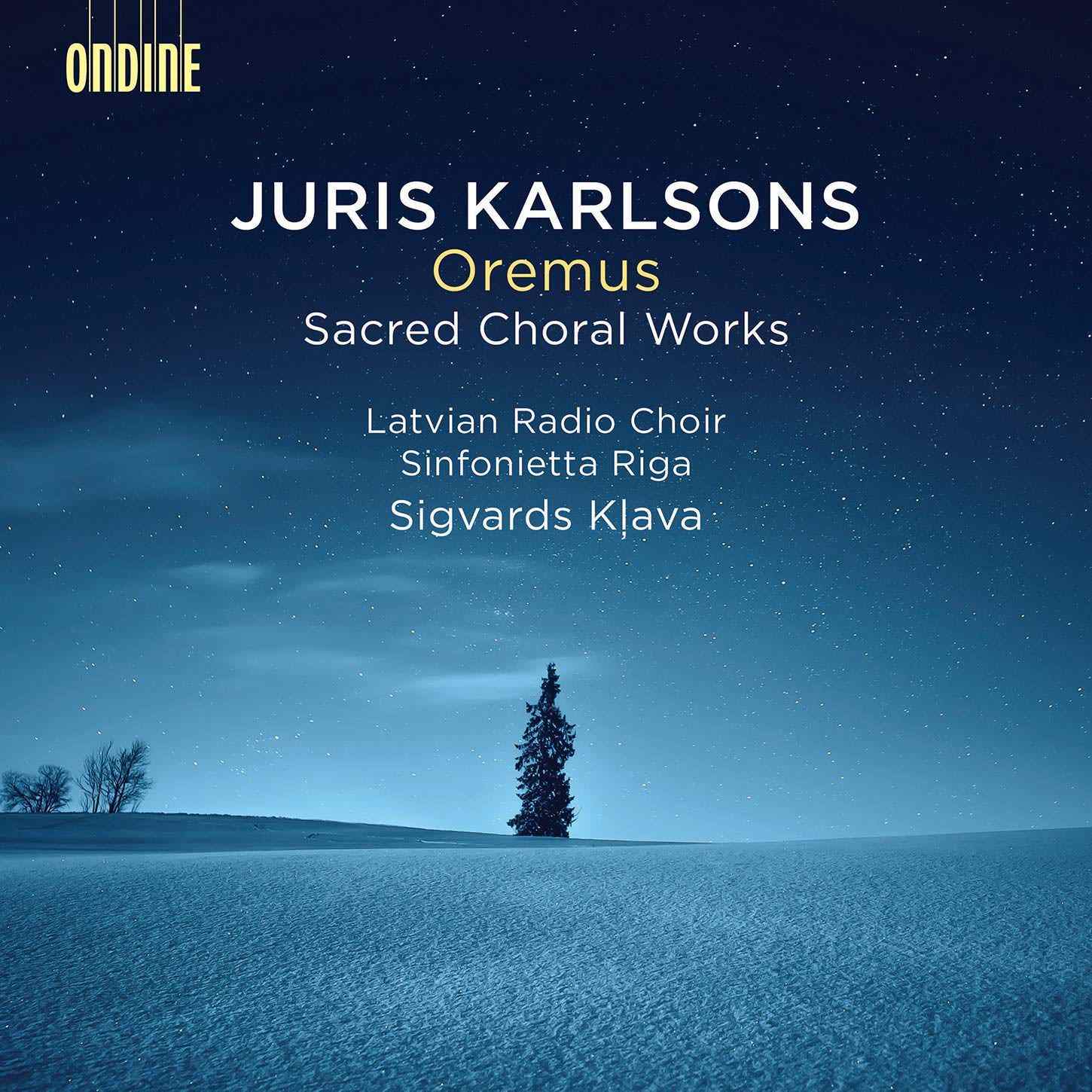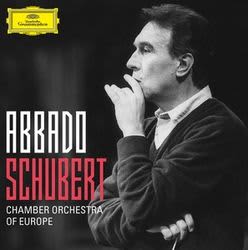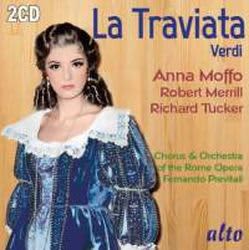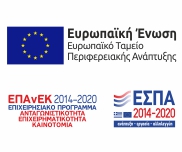Περιγραφή
Καλλιτέχνες
|
Composer Juris Karlsons (b. 1948) is one of the leading names in Latvian music today. This new album by the Latvian Radio Choir under their music director Sigvards Klava features Karlsons’ choral works. These works are marked by deeply religious feeling and profound message. Oremus is choral piece written by the composer in 2018 for the Latvian Radio Choir. It was premiered as part of the Lincoln Center White Light Festivals. When writing this work, no doubt Karlsons had specifically the sound and vocal abilities of the choir in mind. The largest work of the album is Adoratio (2010), a symphonic, single-movement work for choir and orchestra with a duration of over 30 minutes. Yet, this powerful work filled with drama can, like a symphony, be clearly divided into musical sections. Le lagrime dell’anima (2013) for piano and choir is based on a short poem written by the composer: “Here are just seven simple notes that are born on a beautiful summer evening when watching the sunset. The stars slowly light up, one, then another. You wait for the next one. The seven sounds of stars are gradually born under the pianist’s fingers, somewhere in the silence they appear in the chorus’s intonations, and finally intertwined in a melodic line,” the composer describes. The final piece of the album, Ora pro nobis (2019), is a tribute to Virgin Mary based on an earlier work and written for Sigvards Klava. The Latvian Radio Choir (LRC) ranks among the top professional chamber choirs in Europe and its refined taste for musical material, fineness of expression and vocal of unbelievably immense compass have charted it as a noted brand on the world map. The repertoire of LRC ranges from the Renaissance music to the most sophisticated scores by modern composers; and it could be described as a sound laboratory – the singers explore their skills by turning to the mysteries of traditional singing, as well as to the art of quartertone and overtone singing and other sound production techniques. |










